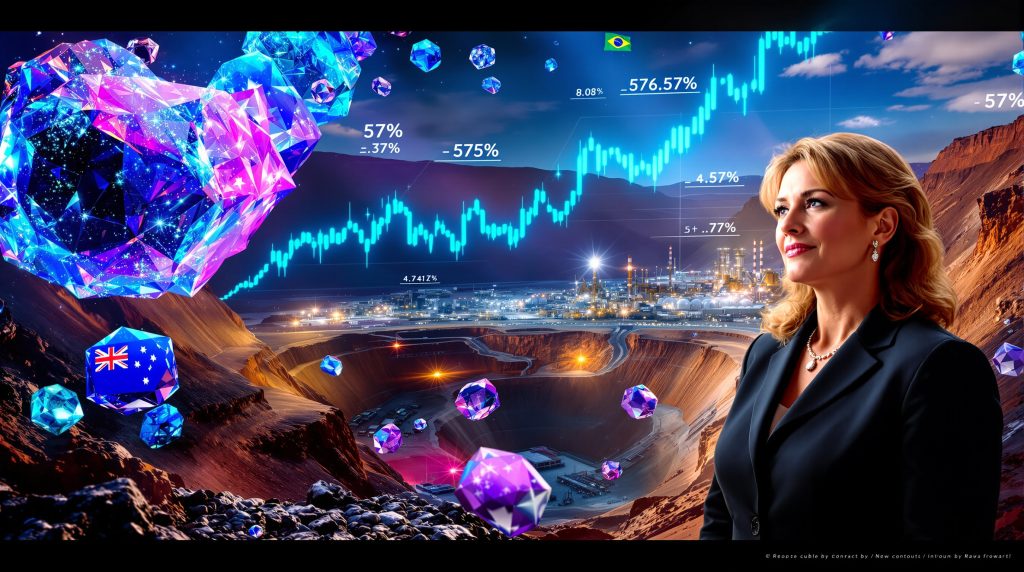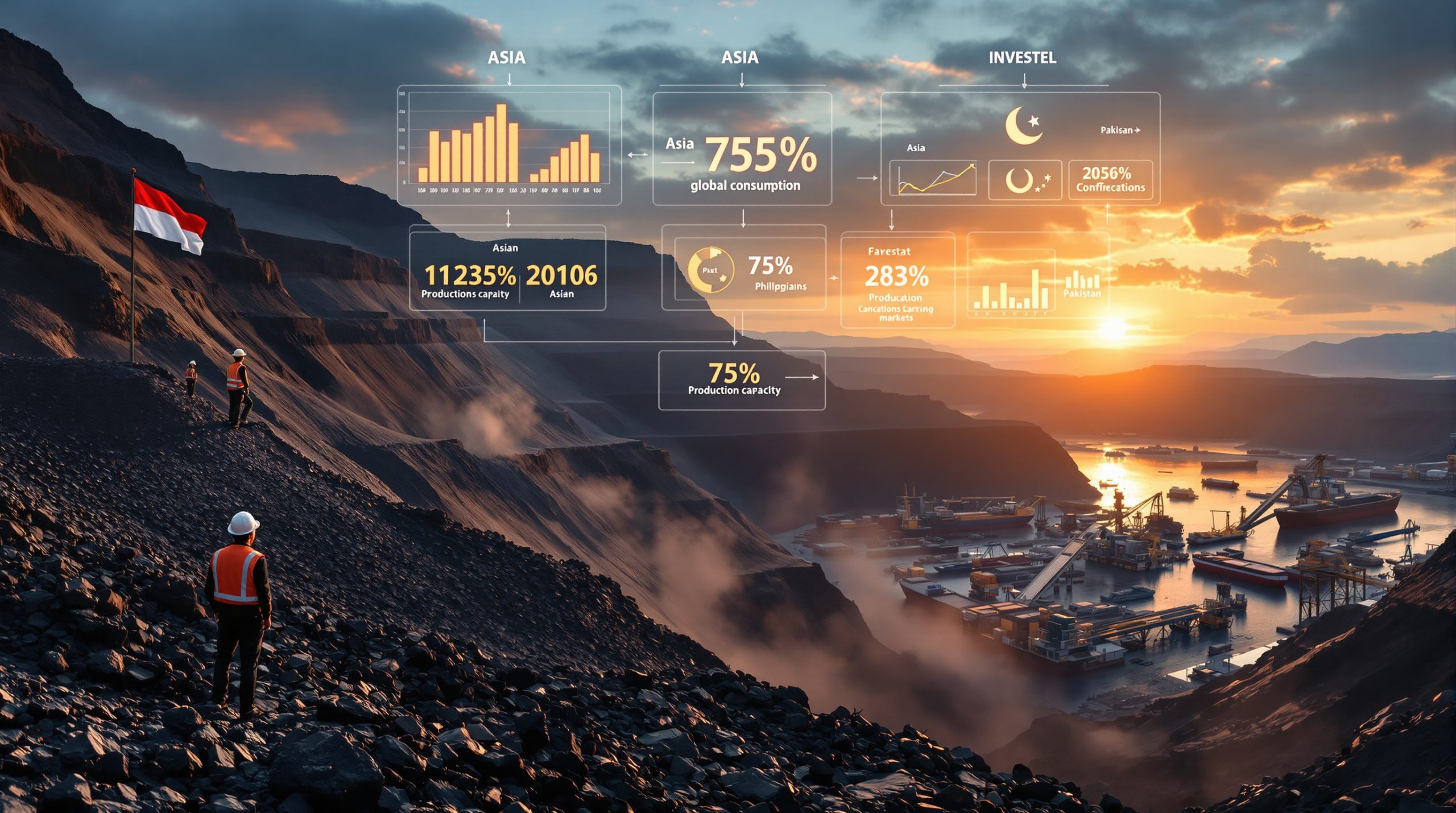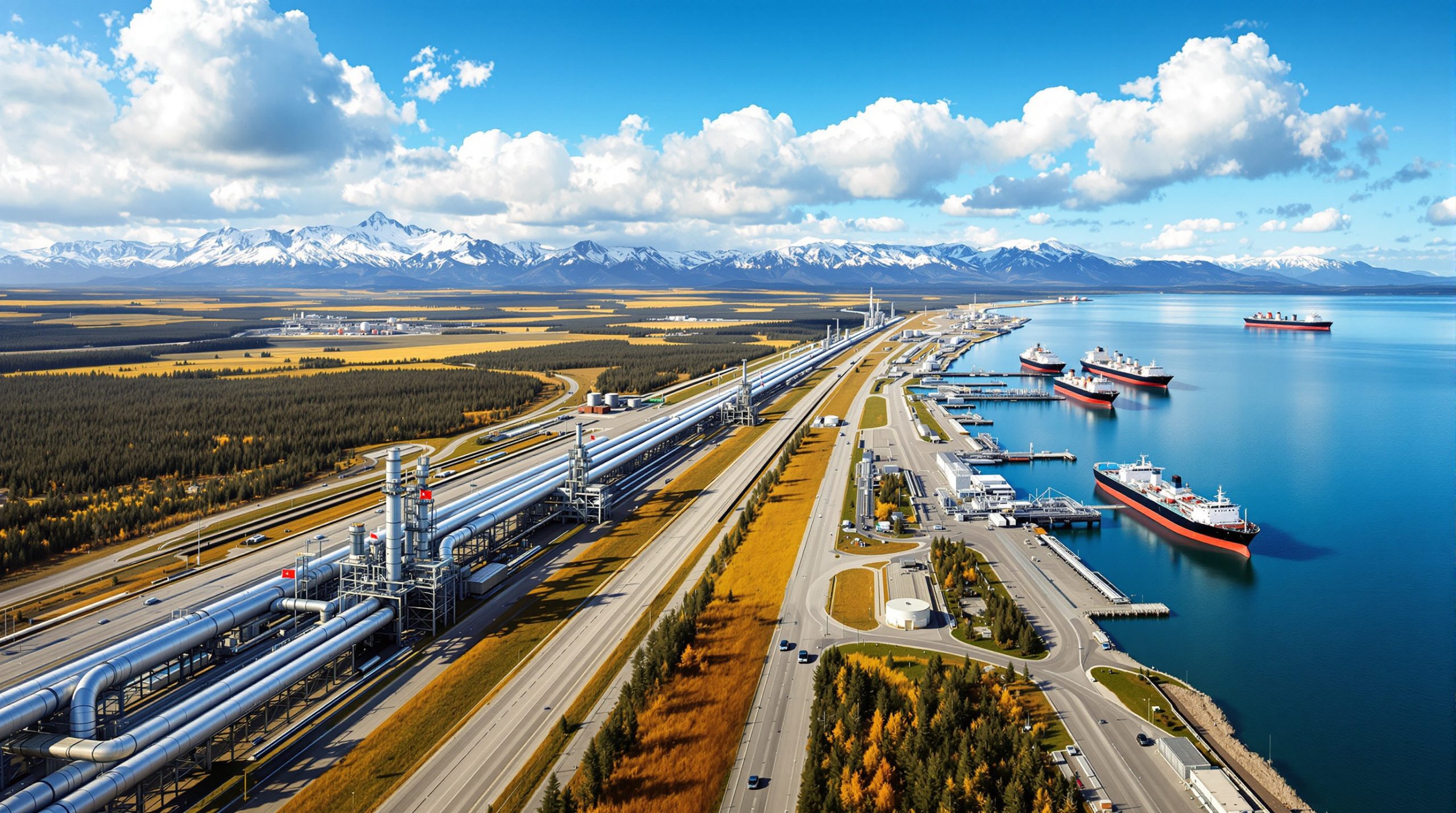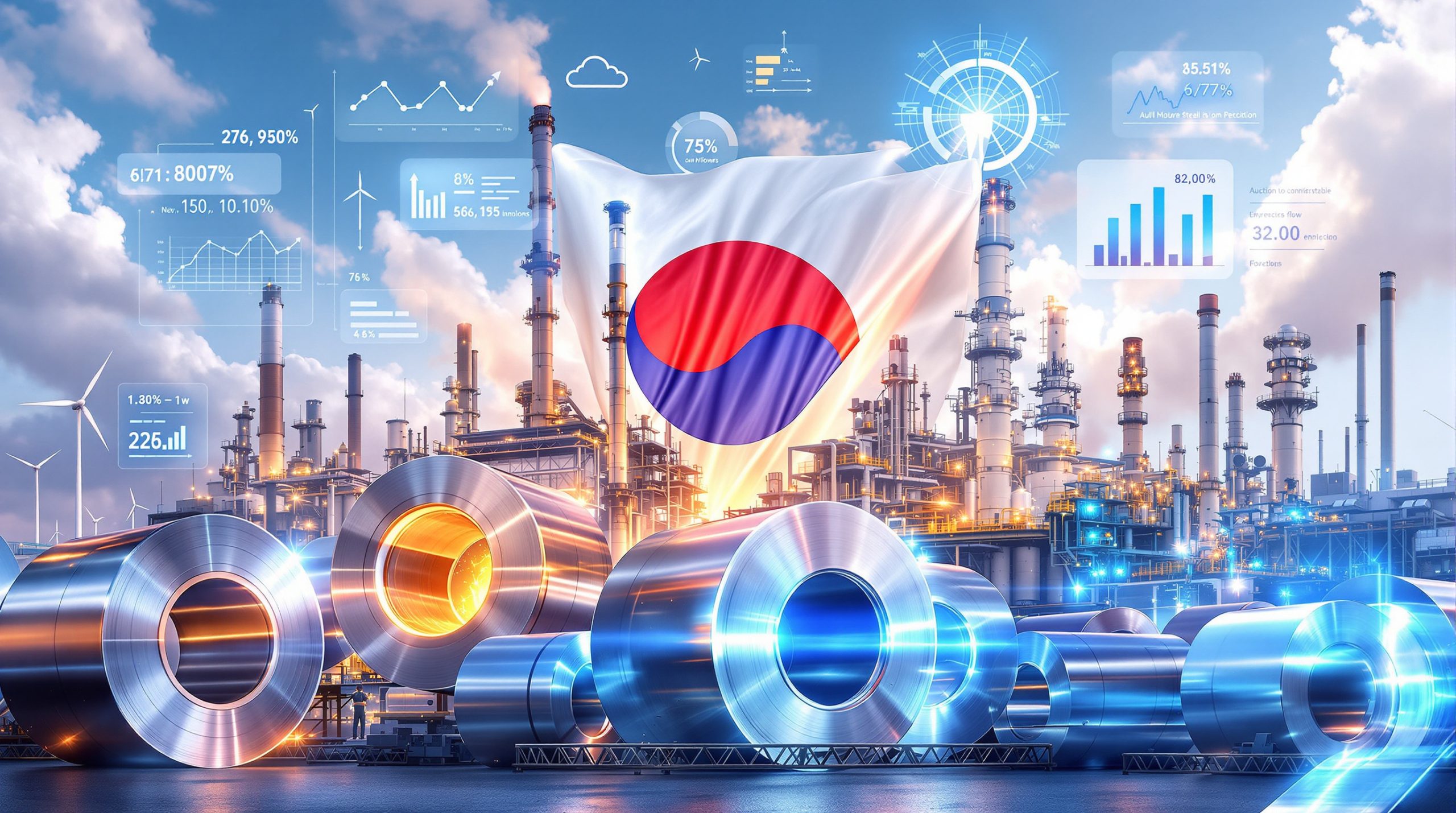Gina Rinehart's Strategic Move into ASX Rare Earths: What Does Her $22.5M Investment Signal?
Australia's richest mining magnate has strategically positioned herself in the rare earths sector at a time of growing geopolitical tension. Gina Rinehart, through her flagship company Hancock Prospecting, recently invested $22.5 million in St George Mining Ltd (ASX: SGQ), an under-the-radar ASX rare earths developer. This significant financial commitment comes amid escalating global competition for critical minerals energy transition and represents part of a larger pattern of strategic diversification beyond Rinehart's traditional iron ore empire.
The investment forms part of a substantial $72.5 million funding package that St George secured to advance its promising Araxá rare earths and niobium project in Brazil. The remaining $50 million came predominantly from European and North American institutional investors, highlighting the international interest in developing rare earth sources outside China's dominant supply chain.
How Has St George Mining Performed in 2025?
St George Mining has emerged as one of the ASX's standout performers in 2025, with its share price skyrocketing by an impressive 575% since January. The stock closed at $0.135 per share following the announcement of Rinehart's investment, representing a 17% single-day gain.
This remarkable performance reflects growing market recognition of St George's Araxá project, which hosts what the company describes as a "world class" mineral resource containing:
- 280,000 tonnes of niobium
- 1.7 million tonnes of total rare earths oxide (TREO)
The project features favorable characteristics that support potential development, including free-digging mineralization starting from the surface. This attribute would enable open-pit mining operations with significantly lower development costs compared to underground mining approaches.
What Makes the Araxá Project Significant?
Geological Similarities to Established Producers
The Araxá project features a hard-rock carbonatite style mineralized system, geologically similar to the only two major rare earths mines operating outside China. This includes the Mt Weld operation in Western Australia run by Lynas Rare Earths Ltd (ASX: LYC), which has established itself as the most significant non-Chinese producer in the sector.
Strategic Location and Infrastructure
The project is situated in Minas Gerais, a mining-friendly district in Brazil with well-established infrastructure. This advantageous location could potentially accelerate the development timeline compared to more remote or undeveloped regions where infrastructure costs can add significantly to project capital requirements.
Expansion Potential
Recent drilling has uncovered a new high-grade rare earths zone approximately one kilometer from the existing resource, suggesting significant potential for resource expansion. Additionally, mineralization remains open in all directions, with intercepts below 100 meters depth not yet included in current resource estimates—indicating substantial growth potential.
Government Support
St George has reportedly secured government support for expedited project approvals, potentially streamlining the regulatory process as the company works toward production. This backing could significantly reduce the timeline from exploration to commercial operation.
How Will the $72.5M Funding Package Be Used?
The substantial cash injection will enable St George to conduct several critical development activities:
- Resource upgrade work to increase confidence in the deposit
- Permitting and regulatory approvals
- Comprehensive metallurgical test work to optimize processing methods
- Economic assessment studies to determine project viability
- Continued exploration to expand the resource base
These activities represent essential steps in advancing the Araxá project toward a production decision and potentially establishing St George as a significant player in the non-Chinese rare earths supply chain.
Why Are Rare Earths Strategically Important in 2025?
Critical Applications in Modern Technology
Rare earths comprise 17 elements essential for numerous high-tech and clean energy applications, including:
- Permanent magnets used in electric vehicles and wind turbines
- Advanced electronics and communications technology
- Defense systems and military hardware
- Medical imaging equipment
- Catalytic converters and pollution control systems
China's Market Dominance
China currently dominates the global rare earths market, controlling:
- Over 90% of global processed rare earths production
- A similar proportion of rare earth magnet manufacturing
This concentration of supply creates significant geopolitical vulnerabilities for Western nations and their technology sectors, particularly as tensions between major powers increase. The ongoing US-China trade war impacts have further highlighted these vulnerabilities.
Recent Export Restrictions
China recently expanded its rare earths export controls, adding five more elements to its restricted list. This brings the total number of restricted rare earth elements to 12, representing a significant escalation in China's strategic control of these critical resources.
International Response
The United States has responded aggressively to China's export restrictions, with President Donald Trump threatening to impose 100% tariffs on Chinese products. This tit-for-tat exchange has heightened market interest in non-Chinese rare earths suppliers, contributing to the surge in ASX rare earths stocks and creating potential opportunities for companies like St George Mining.
Who Else Is Investing in Rare Earths?
Gina Rinehart's ASX rare earths investment represents part of a broader trend of strategic investment in the rare earths sector. Hancock Prospecting has been actively diversifying beyond its traditional iron ore focus, with investments in:
- Lithium projects, supporting battery technology and energy storage
- Rare earths deposits, crucial for permanent magnets and high-tech applications
- Agricultural assets, including large-scale beef production
Other major mining companies and institutional investors are similarly positioning themselves in the rare earths space, recognizing the strategic importance of these elements in the clean energy transition and advanced manufacturing sectors.
What Does This Mean for ASX Rare Earths Stocks?
The combination of geopolitical tensions, supply constraints, and strategic investments has created a favorable environment for ASX-listed rare earths companies. Notable performers include:
- Lynas Rare Earths (ASX: LYC), which reached a new 12-month high following the news of China's export restrictions
- St George Mining (ASX: SGQ), up 575% year-to-date and continuing to climb
- Other rare earths explorers and developers showing significant price appreciation
For investors, the sector presents both opportunities and risks:
Potential Opportunities
- Exposure to critical minerals essential for the clean energy transition
- Potential government support for non-Chinese supply chain development
- Strategic acquisition potential as major miners seek to secure supplies
Key Risks
- Technical challenges in processing and separating rare earths
- Potential market volatility due to geopolitical factors
- Long development timelines for new projects
- Environmental considerations in mining and processing
What's Next for St George Mining?
With $72.5 million in fresh funding, St George Mining is well-positioned to advance the Araxá project through several critical development milestones. Key upcoming catalysts include:
- Results from the ongoing expansion drilling program
- Resource upgrade announcements
- Metallurgical test work outcomes
- Economic assessment results
- Permitting milestones
The strategic backing from Gina Rinehart's Hancock Prospecting provides not only financial support but also validation of the project's potential significance in the global rare earths landscape.
How Does This Fit into the Broader Rare Earths Market?
The investment in St George Mining represents a microcosm of the larger strategic positioning occurring in the rare earths market. As tensions between China and Western nations intensify, the race to develop alternative supply chains is accelerating.
Countries including Australia, the United States, Canada, and European nations are actively supporting the development of domestic rare earths capabilities through:
- Direct investment in mining and processing facilities
- Regulatory support and streamlined permitting
- Research and development funding for processing technologies
- Strategic partnerships and supply agreements
This creates a favorable environment for companies like St George Mining that are advancing projects outside the Chinese sphere of influence. Furthermore, the recent establishment of an Australia critical minerals reserve highlights the government's commitment to securing supply chains.
The Challenge of Separation and Processing
While identifying and mining rare earth deposits represents an important first step, the true bottleneck in the supply chain lies in separation and processing. China's dominance stems not just from mining capacity but from decades of investment in processing technology and facilities.
Companies like St George Mining will need to develop or secure access to processing capabilities to fully capitalize on their mineral resources. This technical challenge represents both a risk and an opportunity for investors in the sector. In Europe, the European CRM facility aims to address similar processing challenges.
Emerging Market Dynamics
The rare earths market is increasingly bifurcating into two distinct spheres: a China-dominated ecosystem and an emerging Western alternative. This structural shift is likely to create premium pricing for non-Chinese sources of rare earths as manufacturers seek supply chain security.
For ASX-listed rare earths companies, this trend provides a potential tailwind as Western nations prioritize supply diversification over raw cost considerations. Significant mining industry trends point toward continued investment in this critical sector.
Disclaimer for Investors
Investing in rare earth mining companies involves significant risks including exploration failure, metallurgical challenges, environmental considerations, and market volatility. While geopolitical factors currently support elevated valuations, investors should carefully assess individual company fundamentals and development timelines before committing capital to this speculative sector.
Want to Profit from the Next Major Mineral Discovery?
Stay ahead of the market with Discovery Alert's proprietary Discovery IQ model, delivering real-time notifications on significant ASX mineral discoveries like the rare earths projects gaining strategic investment from mining magnates. Explore why major mineral discoveries can lead to substantial returns by visiting our dedicated discoveries page and begin your 30-day free trial today.




